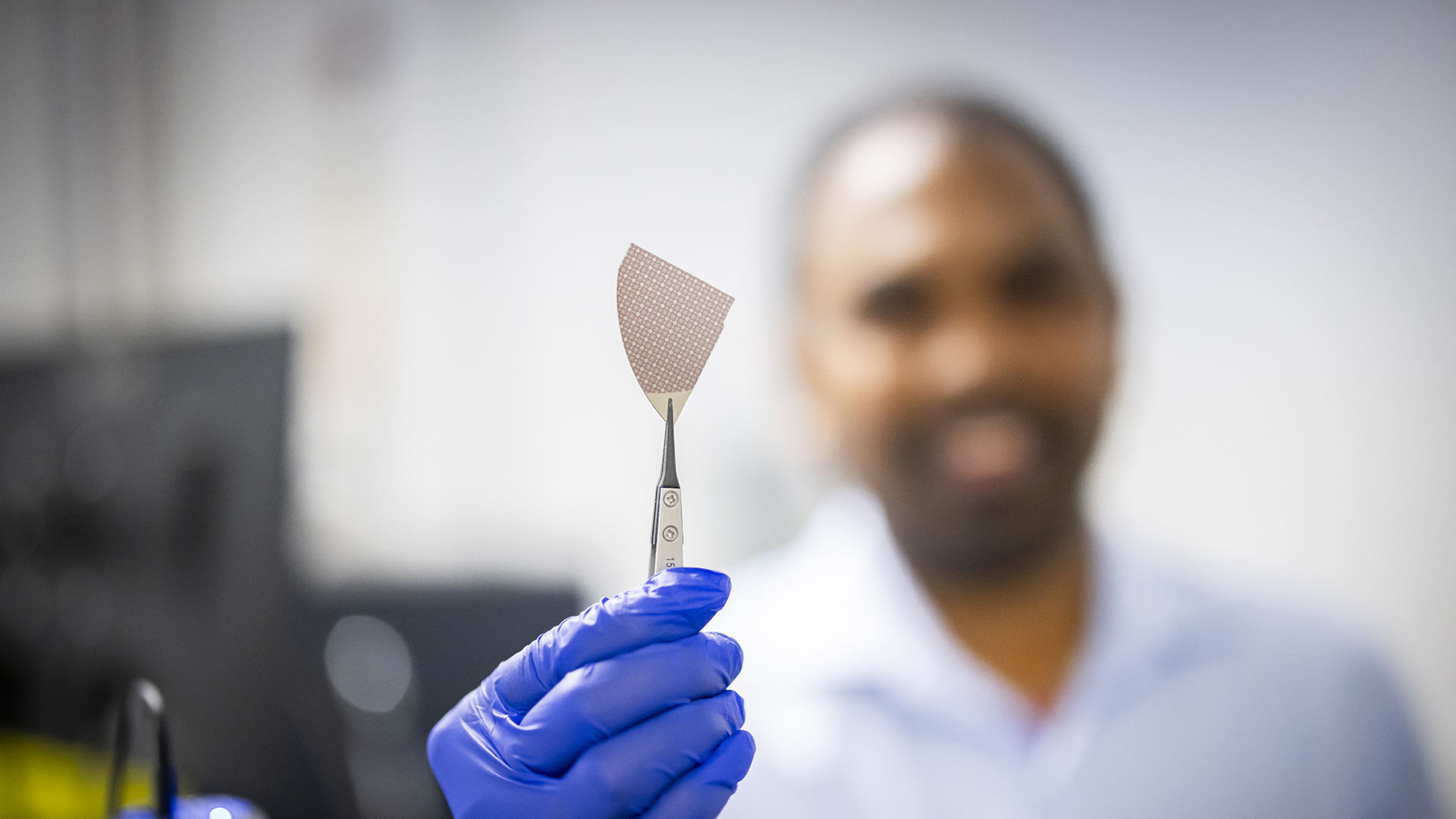
Modern SSDs are an engineering wonder. They're extremely fast and very reliable, despite being housed next to massive heat-belching graphics cards in gaming PCs. But like all silicon-based chips, they have limits to how hot they can run before losing data or failing completely. However, two teams of researchers have developed a type of flash memory that's capable of retaining data at temperatures that make an afternoon on Venus look cold in comparison.
The details of the work were published in the Nature journal (via Interesting Engineering), though the University of Pennsylvania nicely summarised the findings for those without a background in doctorate-level material science. Two research teams in the School of Engineering & Applied Science, headed by Deep Jariwala and Roy Olsson, dedicated months of work to finding the perfect thickness of ferroelectric aluminum scandium nitride (AlScN), to use as a base material for a flash memory device.
Everyday flash memory, such as that found in USB memory sticks, SD cards, and SSDs, uses silicon, of course, and it's pushed to levels that would be unthinkable just a decade ago. The best gaming SSDs hold multiple terabytes of data and can transfer thousands of megabytes in a second. They also last for years, thanks to write endurance levels in the petabyte region.
However, they do have one significant failing—they're not very good at dealing with high temperatures. Once above a certain temperature, silicon-based flash cells struggle to retain data and even the very best of them (used in the space industry, for example) fail at 200 degrees Celsius (392 degrees Fahrenheit).
So when Jariwala and Olsson's teams created a flash memory using AlScN that can withstand up to 600 degrees Celsius (1,112 degrees Fahrenheit), you know they had something special on their hands. Not that it was easy to get it right, mind, as the thickness of the AlScN layer had to be just right.
“If it’s too thin, the increased activity can drive diffusion and degrade a material. If too thick, there goes the ferroelectric switching we were looking for…[s]o, my lab and Roy Olsson’s lab worked together for months to find this Goldilocks thickness,” said Dhiren Pradhan, a post-doctoral researcher in Jariwala's team.
He also said that "AlScN’s crystal structure also gives it notably more stable and strong bonds between atoms, meaning it’s not just heat-resistant but also pretty durable,” making it ideal for use in extreme environments, not just those that happen to be somewhat on the toasty side.

Best SSD for gaming: The best speedy storage today.
Best NVMe SSD: Compact M.2 drives.
Best external hard drives: Huge capacities for less.
Best external SSDs: Plug-in storage upgrades.
The obvious application for this kind of material is for spacecraft landing on planets such as Venus, which has a mean surface temperature of 464 degrees Celsius (867 degrees Fahrenheit). You might think that this degree of heat would fry any silicon chip, not just flash memory cells, and you'd be right.
In such cases, silicon carbide is used as the semiconducting material but as Pradhan explains, "it is nowhere close to the processing power of silicon processors, so advanced processing and data-heavy computing such as AI can’t really be done in high-temperature or any harsh environments."
The toughness of this new material means the memory could be better integrated into silicon carbide chips, helping to improve their performance.
There's no immediate application of this technology for gaming PCs, though, but the research may lead to the development of volatile and non-volatile memory chips that are even more heat-resistant than current ones. That would help to improve data retention in systems that produce lots of heat or remove the need to use large and costly heatsinks, something that is a necessity with the latest PCIe 5.0 SSDs.







